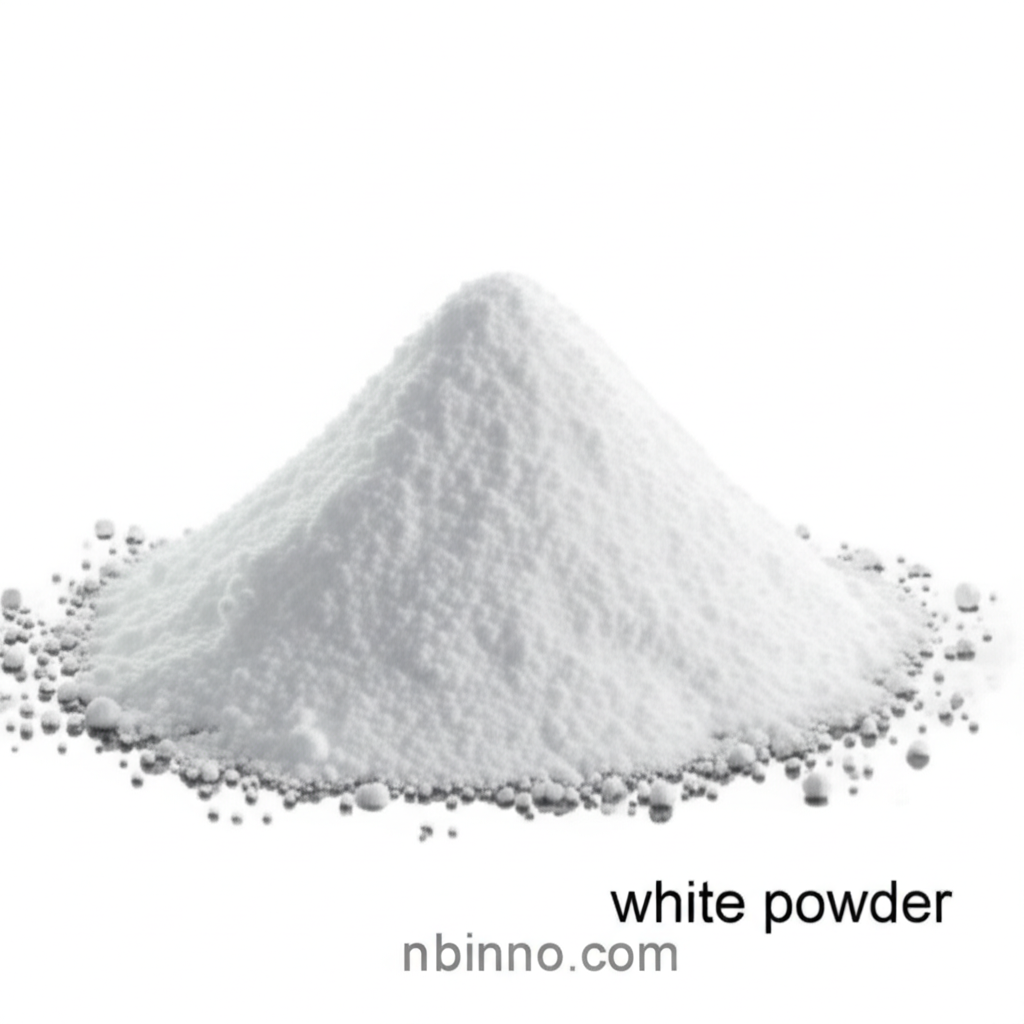Dimedone (CAS 126-81-8): A Versatile Intermediate for Organic Synthesis and Analytical Chemistry
Discover the multifaceted applications of Dimedone, a key reagent in modern chemical processes.
Get a Quote & SampleProduct Core Value

Dimedone
Dimedone, scientifically known as 5,5-dimethyl-1,3-cyclohexanedione and identified by CAS number 126-81-8, stands as a pivotal compound in the chemical industry. Its primary role as a pharmaceutical intermediate and a specialized reagent underpins its significance in various synthesis pathways. The compound is characterized by its high purity, often exceeding 99.8%, and its distinctive white powder appearance, with a melting point typically ranging from 146-148°C.
- Utilize Dimedone in organic synthesis applications for the creation of complex molecular structures, leveraging its reactive diketone functionality.
- Employ Dimedone as a reagent for aldehyde determination, offering a sensitive and specific method for quantifying aldehyde groups in various samples.
- Explore Dimedone's utility as a catalyst in transition metal complex formation, facilitating novel catalytic processes.
- Investigate Dimedone's role as a pharmaceutical intermediate, contributing to the development of essential medicinal compounds.
Advantages of Dimedone
High Purity and Reliability
With a purity level of 99.8%, Dimedone ensures consistent and reliable results in chemical reactions and analytical procedures, making it a trusted component for precise scientific work.
Environmental Friendliness
The use of Dimedone in synthesis often results in environmentally friendly processes, offering high yields and straightforward workup procedures, aligning with green chemistry principles.
Versatile Reactivity
As a diketone, Dimedone exhibits versatile reactivity, enabling its application in a broad spectrum of chemical transformations, including furannulation reactions and Schiff base formation.
Key Applications
Pharmaceutical Synthesis
Dimedone serves as a critical pharmaceutical intermediate, playing a vital role in the synthesis pathways of various active pharmaceutical ingredients (APIs) and drug molecules.
Organic Chemistry Reagent
Its well-defined reactivity makes Dimedone an invaluable reagent in organic chemistry for tasks such as aldehyde identification and the construction of complex heterocyclic systems.
Analytical Chemistry
Dimedone is employed in analytical techniques like colorimetry and spectrophotometry, particularly for the sensitive determination of aldehydes, contributing to accurate chemical analysis.
Catalysis
In the field of catalysis, Dimedone functions as an effective catalyst in the formation of transition-metal complexes, opening avenues for innovative catalytic applications.
